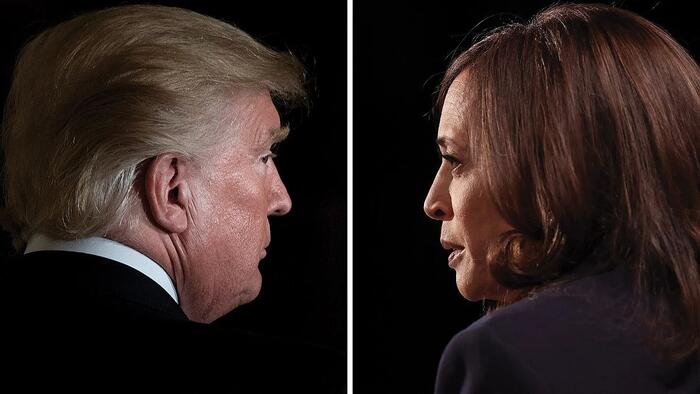With only three weeks remaining until the highly anticipated election day, the U.S. presidential campaign, characterized by its ups and downs, is nearing its conclusion. The contest has primarily been a face-off between Donald Trump and his opponent, Kamala Harris, with Joe Biden having been a notable contender earlier in the race. This election cycle has garnered intense scrutiny and fascination across the globe, highlighting the unique attention that U.S. elections command in the international arena. The lengthy campaign period, which kicked off well ahead of the initial primaries and caucuses earlier this year, has led many to express a desire for the election season to come to a close.
Public sentiment surrounding the election is largely negative, as revealed by a recent survey conducted by the Pew Research Center. A daunting 79 percent of registered voters conveyed that the presidential race has made them feel anything but proud of their country. This perception reflects broader concerns about the nature of the election discourse, as many voters feel that it has strayed from meaningful policy discussions and veered into negativity. A significant 71 percent of respondents described the race as overwhelmingly negative, while 62 percent criticized it for lacking substantive policy engagement that resonates with pressing national issues.
Interestingly, despite these overwhelmingly negative critiques of the election dynamics, there is a notable consensus regarding the campaign’s engagement level. Approximately 68 percent of voters classified the presidential campaign as interesting, and only 30 percent perceived it as dull. This dichotomy highlights how, while voters are frustrated with the tone and focus of the campaign, they nevertheless find the unfolding events compelling enough to hold their attention. The contrasting sentiments reflect a complex relationship between the substance of the political discourse and the excitement of the electoral process itself.
The negativity that permeates this election cycle can partly be attributed to the intense polarization that marks contemporary American politics. Many commentators argue that such divisive campaigning strategies have contributed to a climate where personal attacks and unfavorable portrayals of opponents overshadow constructive discussions about vital policy issues. This shift in tone has cultivated an atmosphere where the electorate feels disillusioned, with citizens calling for a return to more dignified and policy-specific dialogue from candidates on the campaign trail.
Amidst this turmoil, various demographic groups have expressed differing levels of engagement and concern about the election’s trajectory. Young voters, women, and minority groups seem particularly affected by the negativity, potentially leaving them feeling alienated from a political process that they feel does not represent their interests. This situation presents a challenging backdrop for both major parties, as they strive not only to galvanize their base but also to appeal to moderate and undecided voters who may be turned off by the current state of political affairs.
As the countdown to election day intensifies, the build-up of these complex sentiments presents a challenging landscape for candidates. The focus on negative campaigning, while engaging a portion of the electorate, risks disenfranchising key voter blocs who seek a more positive and substantive vision for the future. This dynamic will be critical to observe as strategies evolve in the remaining weeks leading up to the election, and both campaigns must navigate the fine line between captivating excitement and the responsibility to foster hope and meaningful dialogue about the nation’s future.

